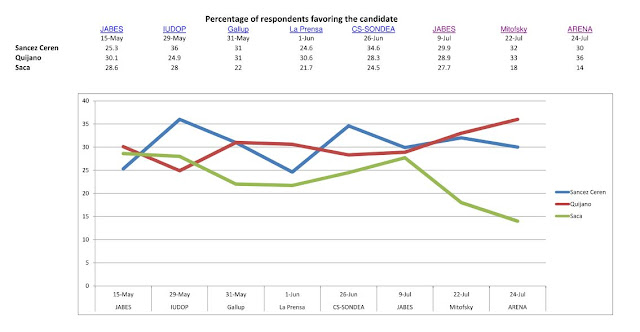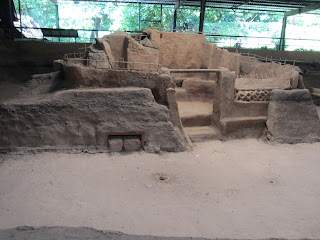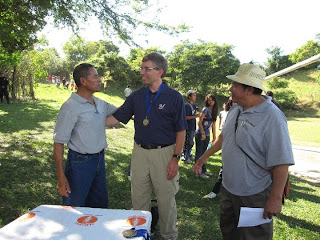Smartphones and small farmers
An interesting article from the World Food Program describes a pilot program in El Salvador to allow small farmers to exchange and obtain crop price information using smart phones. Here is how the program is described: The lead farmers will use WFP-distributed smartphones to submit weekly reports to the WFP country office. This will allow for an instantaneous data monitoring and analysis by the WFP and P4P staff. Furthermore, a summary of the weekly update will be shared with the farmers. Alcides Ruiz, one of the participating farmers has already discovered the potential benefits this will bring to him and the Asaescla farmers’ organisation: “The compiled price information will be extremely useful for us. At the moment, it’s the middlemen that are running the market in our community, as they dictate the price when they pick up our crops. They pull the prices down. If we as the producers are kept informed about the prices in other areas, and how they evolve, we will b...





